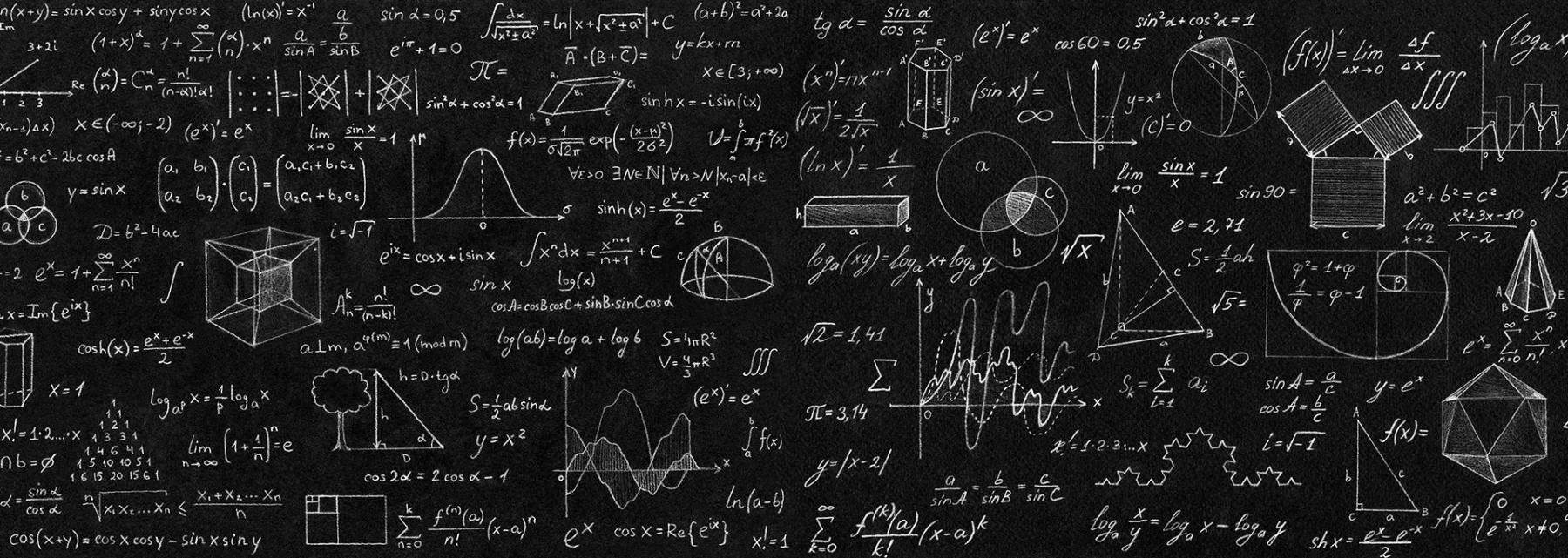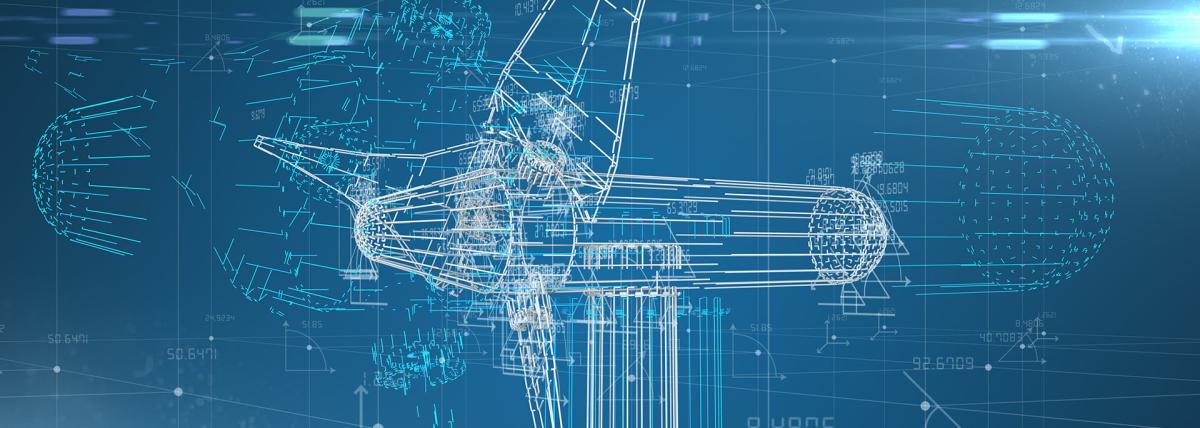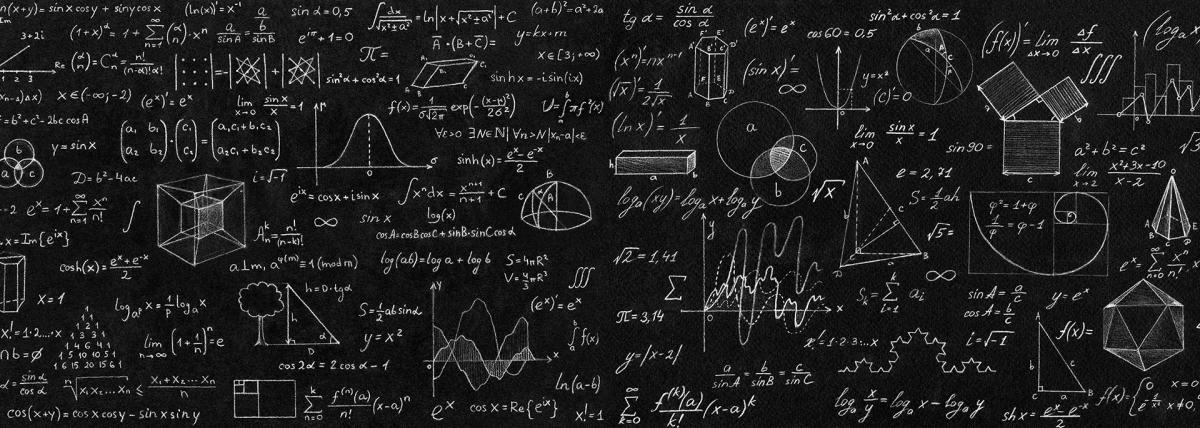
Newton's 2nd Law
This lesson gives a hands-on way of teaching the 2nd law of motion. Students are able to experiment with different objects with different masses to discover how mass affects force and acceleration.
Lesson Plan Link/URL
https://docs.google.com/presentation/d/1ZKOSBZjE3Pi0tnazWt_mkbdPAmZF-AFG/edit?u…Subject Area
Science Physical Science P2: Objects at a Distance P3: Net Force Engineering S2: Apply the Engineering Design Process S3: Apply Mathematics to Engineering Mathematics Operations and Algebraic Thinking (OA)Related Content

Engineers often create small-size models of a new product to test its design. This is especially true with airplanes. Model testing tells engineers how a design responds to different air conditions

This is a multiple-day lesson plan based on Newton's 3 Laws of Motion. Students begin the lesson by collecting data observing coins moving across a table. After making the observations, students will

Rad Roller Coasters Part 2 comes at the end of our paper roller coaster project. Students will collect data on their coaster and use that to calculate velocity, potential energy and kinetic energy

